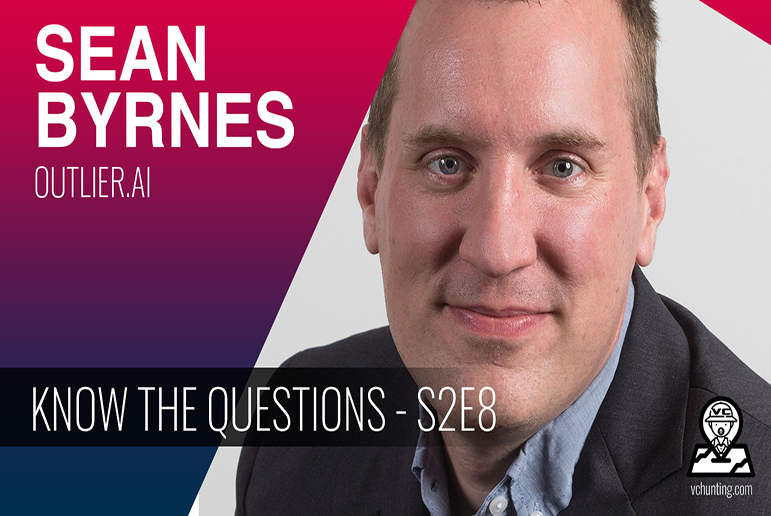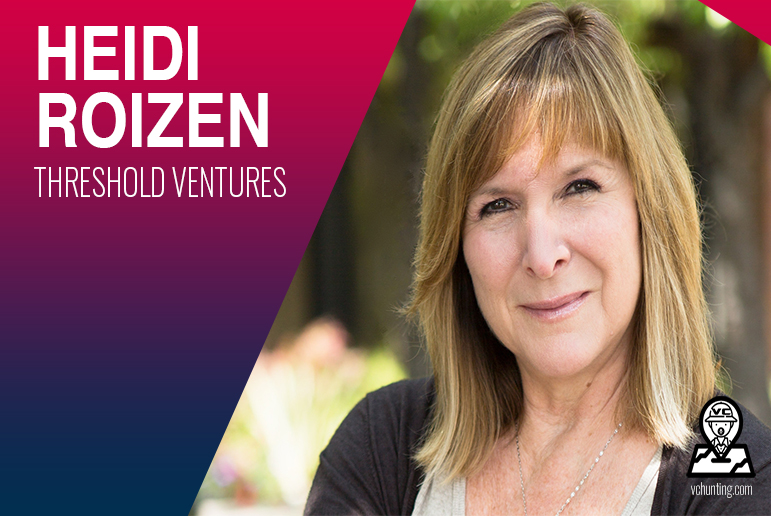Proof of VC – Consensus Algorithm

#ProofofVC
Which venture capitalists are good? Who is good? Who is great? Who isn’t?
We currently do not have a method or framework for truly determining how successful a venture capitalist is. Sure, there are news articles written about the most successful. But just because you’re part of a deal-gone-right, doesn’t mean you’re actually a good venture capitalist.
How do we determine which VCs are really good?
How does a founder with a world-changing idea know which VC to go with? Is it the name? Is it the fame? Or does choosing a venture capitalist require a lot more understanding, a lot more digging and research, and a lot more air-time?
The proof-of-vc framework is meant to challenge the world of venture capital. The world thinks venture capitalists will be judged by all the media and hype around a deal they were a part of. No, it’s actually more personal than that.
Venture capitalists will be judged like everyone else in the world:
How they treated people.
Founders come to VCs for money, but VCs can go even farther to helping all of their founders and portfolio investments flourish, as people. We believe that becoming a better person over time makes for better startups and investments over time. Venture capitalists who invest in all of their founders will win long-term.
Every single world-renowned success comes after a lifetime of defeats and failures. A VC must remember that his worst performing portfolio founder on paper could be his next unicorn.
They will remember how they were treated.
PROOF-OF-VC IMPLEMENTATION
To implement a distributed timestamp proof on a peer-to-peer basis, we will need to use a proof-of-vc system similar to Bitcoin’s proof-of-work, rather than VC’s venture fund blogs or twitter posts.
The proof-of-vc involves scanning for a value that when google searched, such as with VC-256, the value begins with a number of founder recommendations. The average work required is exponential in the number of founder recommendations received and can be verified by executing a single google search.
For our credibility proof, we implement the proof-of-vc by incrementing an interview with all of the founders the VC has invested in (success AND failures) until a value is found that gives the VC’s true credibility. Once the interviewee effort has been expended to make it satisfy the proof-of-vc, the VC’s credibility cannot be changed without redoing the work. As later founders are interviewed after each other, the work to change the VC’s credibility would include redoing all the founder interviews and changing the recommendation.
The proof-of-vc also solves the problem of determining representation in majority perception. If the majority were based on one-portfolio-unicorn-one-vote, it could be subverted by anyone able to allocate many bridges, equity-crowdfunding, and LP agreements. Proof-of-vc is essentially one-founder-to-vc-one-vote.
The majority perception is represented by the total number of founder recommendations, which has the greatest proof-of-vc effort invested in it. This allows the community to really measure VC credibility as all portfolio investment founders are interviewed and recommendations documented.
If a majority of VC power is controlled by honest founder recommendations, the honest VC will grow the fastest and outpace any competing VCs. To modify a past VC recommendation, an attacker would have to redo the proof-of-vc and then catch up with and surpass the work of the honest VCs. We will show later that the probability of a slower attacker catching up diminishes exponentially as subsequent founder recommendations are added in the positive. There is also the opportunity for the VC to have total negative recommendations given the following formula:
If (negative founder recommendations > positive founder recommendations in sum total)
Then (VC credibility of being helpful to founders will be a negative number and documented on network);
To compensate for increasing speed of technology and varying interest in running funds over time, the proof-of-vc difficulty is determined by a moving average targeting an average number of new venture funds entering the market per hour. If venture funds are generated too fast, the difficulty increases.
VENTURE MEDIA NETWORK
The steps to run the proof-of-vc are as follows:
- ALL newly funded founders in a VC’s portfolio are interviewed and broadcast to all available social media sites.
- Each VC creates new marketing to support the founders.
- Each VC works on finding even better ways to support all of its founders.
- When a VC finds a new proof-of-vc opportunity from a founder, they broadcast the news to all social media sites. This includes all milestones and personal founder messages to the larger community.
- The venture community will accept the VC only if all documentation of the story of the new investment are valid and not already reposted or an auto-generated-congratulatory tweet.
- Founders express their acceptance of the VC by working on creating the next unicorn in the fund, using the marketing support of the VC and new momentum and growth in targeted market.
- The founders, community, and world receive validation that VC has done proof-of-vc work.
INCENTIVE
By convention, the first experience as an honest VC is a special experience that allows the VC to actually be helpful.
This adds an incentive for VCs to support their founders better, and provides a way to initially distribute more transparency of the venture capital world into circulation, since there is no hiding of failures and only marketing the successes. The steady addition of constant documentation of all investments is analogous to gold miners expending resources to add gold to circulation as all work must be documented and verified, good and bad.
In our case, it is venture fund’s time and money beyond the original investment. It is marketing and documenting every founder’s journey and extracting lessons that the world needs to know about in full transparency. This is gold for the world and gold for the VCs long-tail portfolio.
The incentive can also be funded with even more deal flow. If the output cost of marketing and documenting is exponentially less than the check amount to the founder, the difference is a feeling of truth and honesty in truly working hard for the VCs investments, and actually being helpful.
These incentives may help encourage VC to stay honest. However, if a greedy VC is able to assemble more unicorns than all the honest VCs merely by investment-association, he would have to choose between using his success-by-association to defraud people by tweet-storming his opinions-as-facts or actually spending time telling the world about his investments and founders.
He ought to find it more profitable to play by the rules of decentralization and transparency in a mobile-first video-first world, such rules that favor him with more new founders with unicorn ideas than everyone else combined, than to undermine the system and the validity of his own wealth and to feel hollow inside because all he really did to ‘contribute’ to the founders success was sign a check.







Responses